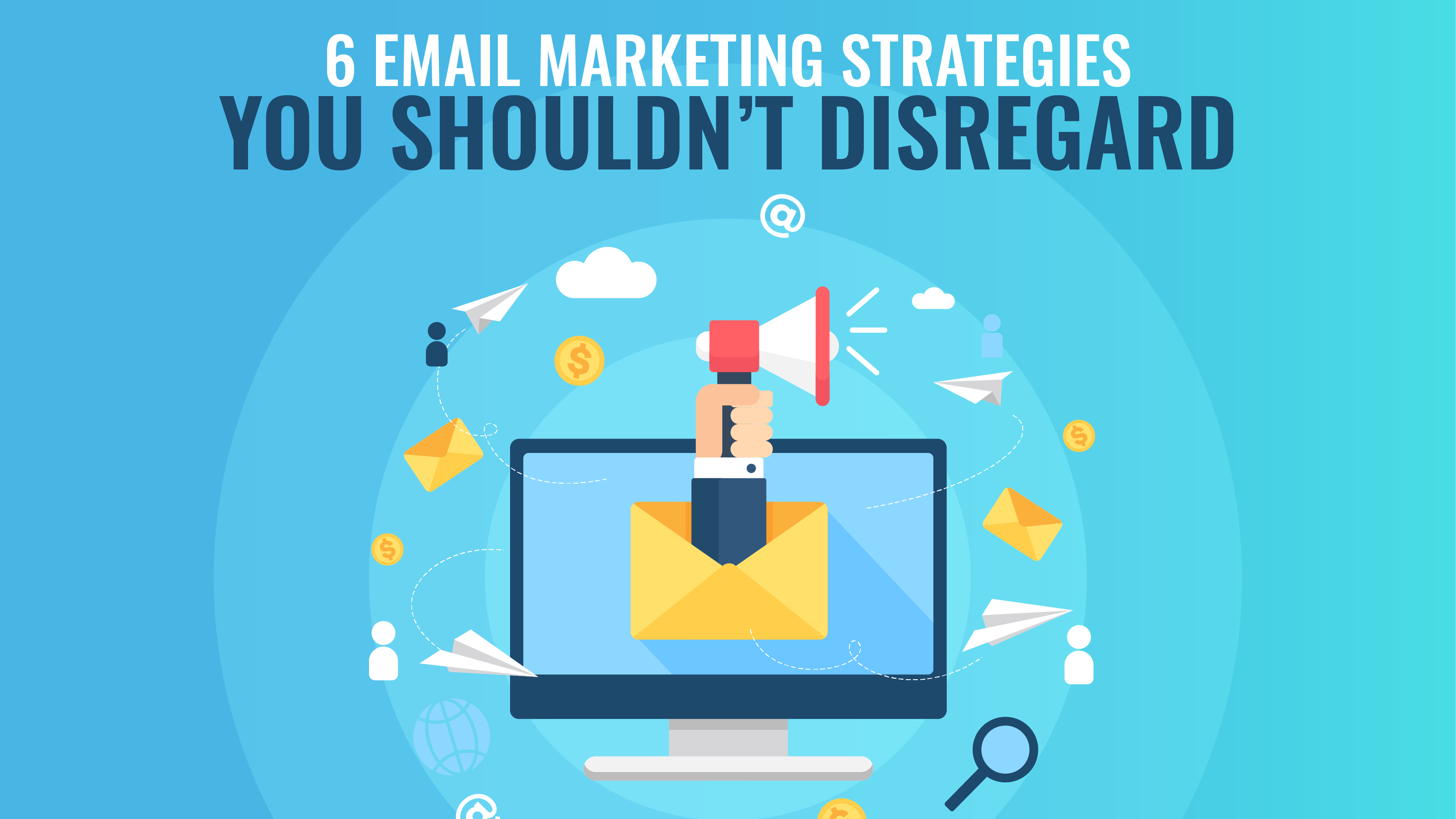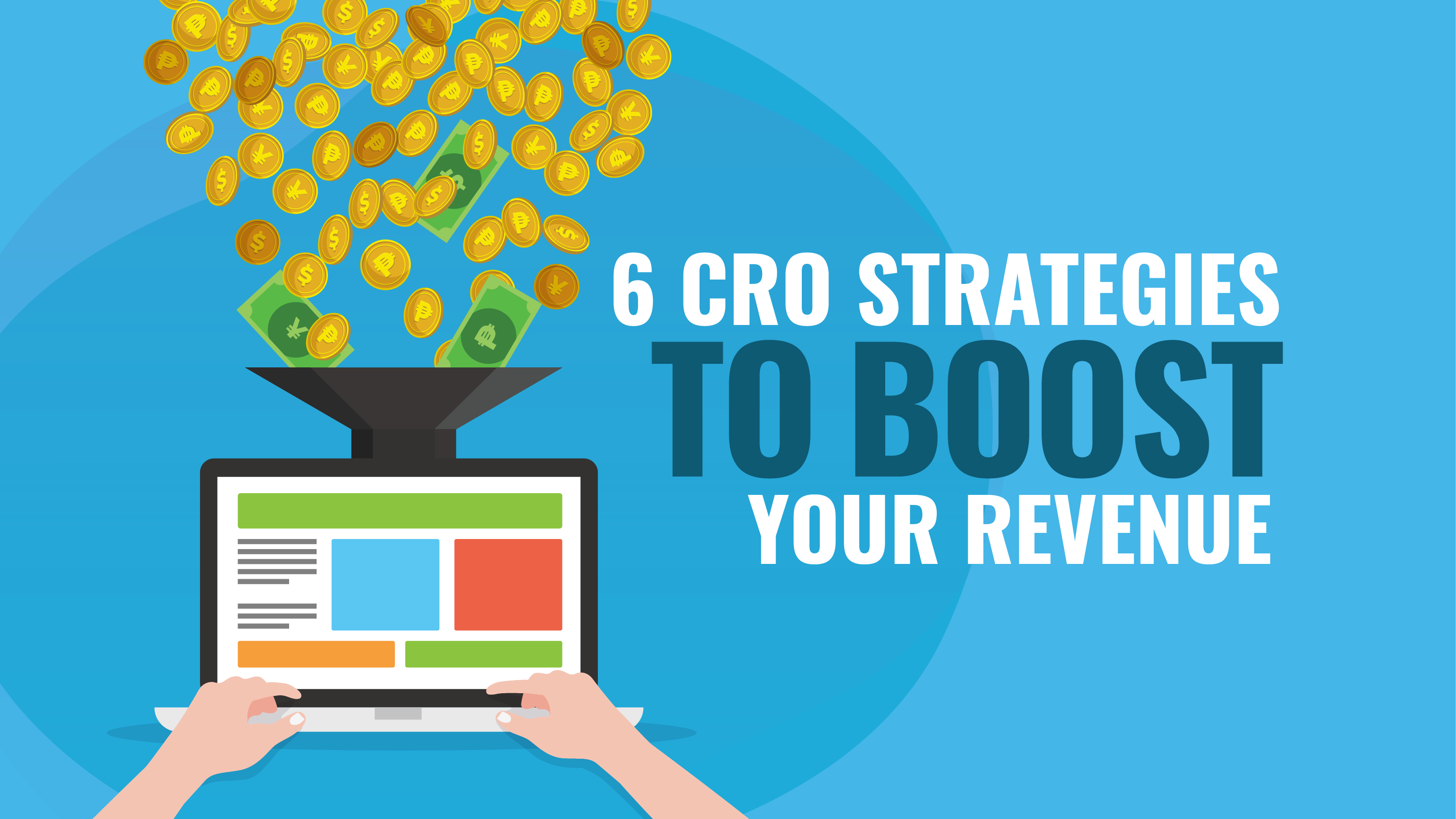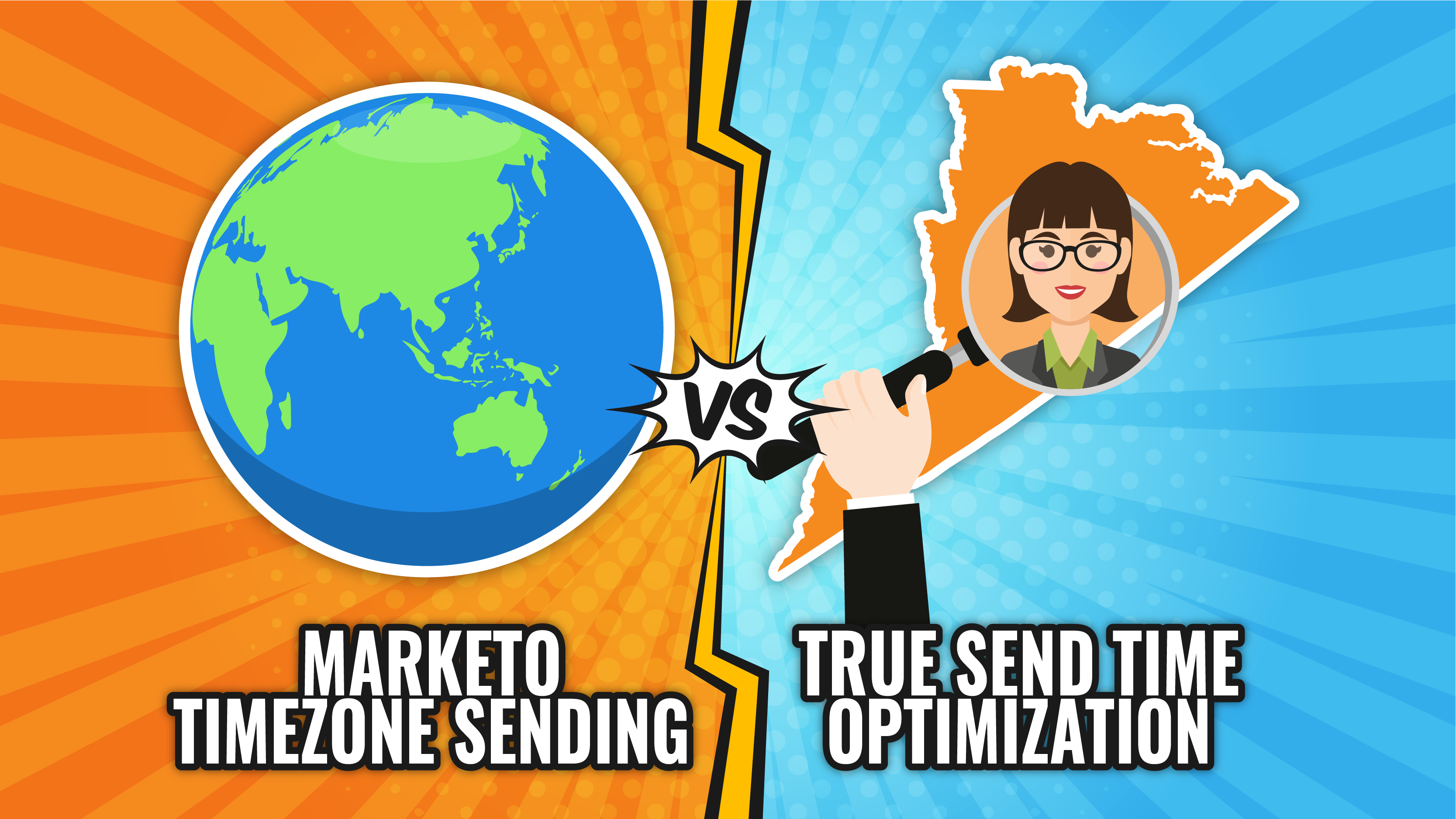Email marketing is still an effective way to reach your customers with a personalized message, even as social media has become more and more popular. A well-rounded marketing strategy includes email as well as social media campaigns.
Around 59 percent of B2B marketers feel email is one of their most powerful revenue-generating efforts. There are some strategies that work better than others, though. Some of the strategies that follow are unique and some have been used frequently but are still effective.
1. Provide Opt-In Features
Email open rates hover around 21.73 percent across all industries. If your open rates are below that, then it's time to figure out why. One big reason may be the domain from which you're sending your emails. If you've sent out a lot of emails, or someone else with the same IP sends out spam, then mail servers such as Gmail may block users from seeing your email, throwing your messages into a spam folder.
Your message getting thrown into spam reduces the number of people who see your message. A better solution than tying your emails to your server is to seek out a third-party provider that features opt-in ability and allows you to track who is opening what and responding to your messages by clicking on links. A provider such as MailChimp or Constant Contact offers this type of service for a low price (free up to a certain number of subscribers).
Choose to have subscribers confirm their subscription, so they know they're opting into your mailing list.
2. Craft an Amazing Subject Line
As you scroll through your emails, you likely delete quite a few of them based on the subject line alone. Your subscribers do the same, so the subject line is your chance to capture their attention and get them to open your email.
Around 47 percent of email recipients report they open emails based solely on the subject line. People are less likely to open an email if it has the word "newsletter" in the subject line or the subject seems spammy or like click-bait. Be upfront about what is in the message and the value proposition for the reader.
For example, subject lines that include the word "soon" have a higher engagement rate than without, at about 21.9 percent compared to the word "free," with only 13.1 percent. You would think the word "free" would entice people to open your email, but many see it as a scam of some sort due to others abusing the word in their spam messages.
3. Nurture Your Leads
It takes a lot of time and effort to capture leads for your company. Once you have those leads, spend time researching the analytics behind your site traffic. Create a user persona that exemplifies the specific qualities of your leads.
Use your persona to create personalized emails that speak to the needs of your particular audience. The benefits of nurturing your leads include getting the business before your competitors and keeping your establishment at the forefront of the consumer's mind.
4. Grab the Reader's Interest
It's easy to get into the habit of writing the same type of copy over and over again. You've likely taken courses on how to write copy. You know what works and what doesn't. However, writing the same thing over and over is boring for both you and your readers.
Instead, try to think of a new way to say the same old thing. Can you share a story about a customer who you helped with your product or service? If you don't have a specific example, make one up — just be honest about the character being imaginary.
Here's an example: "Let's pretend Mary is a 30-something mother of two who is too tired to cook a healthy meal at the end of a long day at work and running kids to activities."
You can then use the fictional character of Mary to tell a story to your readers and grab their attention in a fresh way. Storytelling is a skill worth developing. It helps you become unique and stand out from your competitors.
5. Send Abandoned Cart Emails
If you run an eCommerce website, you've likely noticed that a certain number of people abandon their carts before completing their purchases. What if you switched things up and gathered their email before they head to checkout? You could then use that email to follow up on abandoned shopping carts. Companies that sent three follow-up emails got about 69 percent more orders than those who only sent one abandoned cart email.
Do create a very personalized abandoned cart email that includes the person's first name and what the item was that they left in their shopping cart. Then, offer them a bonus if they complete the sale, such as free shipping or 10 percent off if they complete the order in the next 24 hours.
There are many ways to utilize email for marketing, but abandoned cart emails may be one of the most effective for increasing conversion rates.
6. Create Interactive Elements
Emails are becoming more interactive. As video usage online increases, so does the use of videos within emails to create an interactive experience for subscribers.
Imagine that a subscriber opens your email and learns about a new product. They aren't quite sure how that product works, but you've included a video that shows the product in action. The user now understands how to use the product and is much more likely to follow through with a purchase.
You can also include polls, call to action buttons and animated images to up the interactivity of your emails.
Unique Email Marketing Strategies
Study what other successful email marketers do to draw in their audience and keep them. Subscribe to mailing lists you find interesting. While you never want to copy another business, you can gain valuable techniques and ideas by studying what they do well and where they make mistakes. Come up with something uniquely your own that uses similar elements and learn from their mistakes, as well as your own.
Email marketing isn't going anywhere anytime soon. It's still an effective marketing tool, as you can see.

Lexie Lu is a UX strategist and web designer. She enjoys covering topics related to UX design, web design, social media and branding. Lexie is a contributor to Marketo, Website Magazine and Envato. In her spare time, she enjoys walking her dog, watching HGTV and baking. Feel free to subscribe to her design blog, Design Roast, or follow her on Twitter @lexieludesigner.






